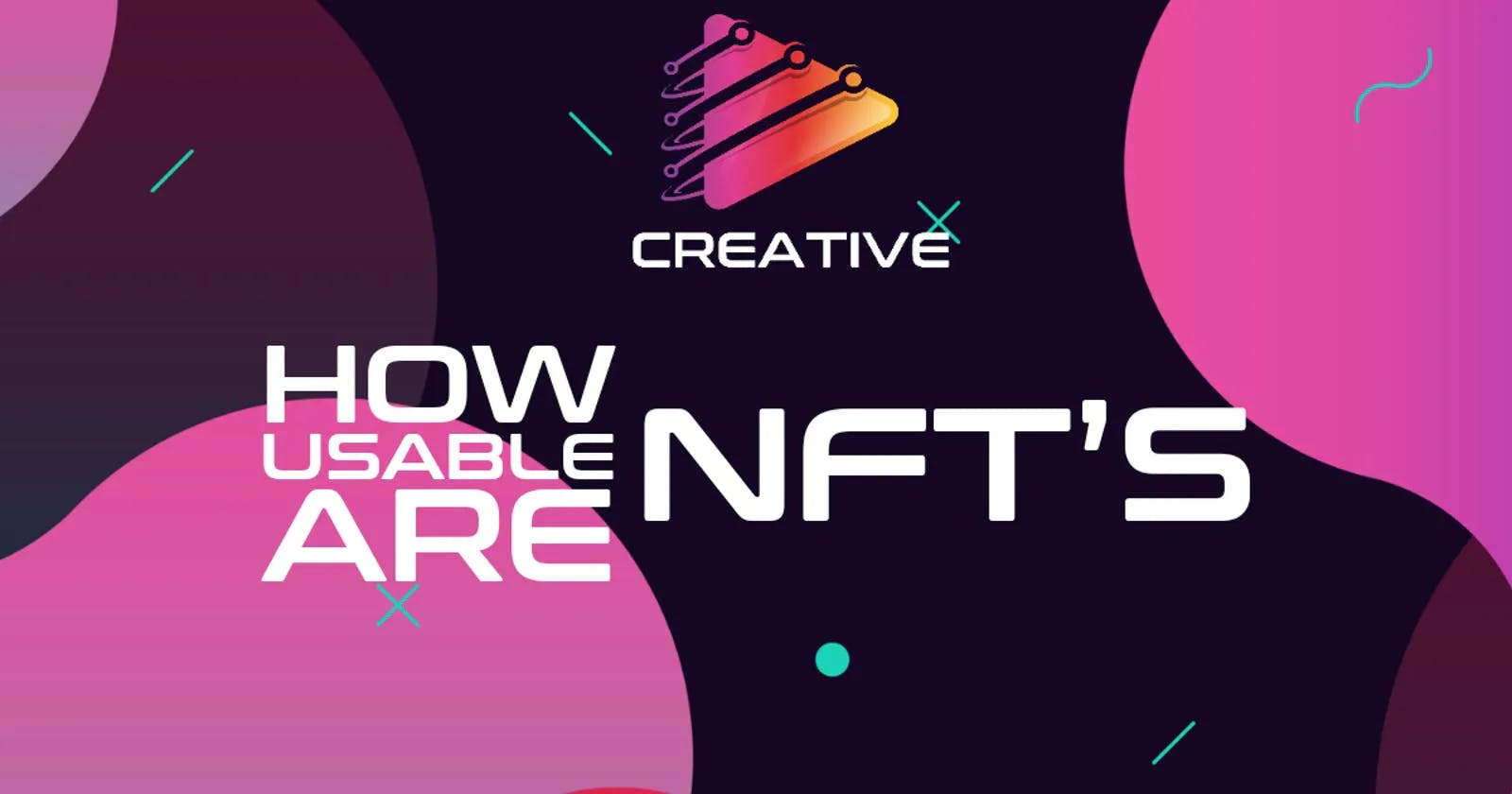How are non-fungible tokens used?
As well as for crypto-collectibles like CryptoKitties, non-fungible tokens can be used for digital assets that need to be differentiated from each other in order to prove their value, or scarcity. They can represent everything from virtual land parcels to artworks, to ownership licenses.
Non-fungible tokens are not traded on standard cryptocurrency exchanges, instead they are bought or sold on digital marketplaces like Openbazaar or Decentraland’s LAND marketplace.
How do NFTs work?
Tokens like Bitcoin and Ethereum-based ERC-20 tokens are fungible. Ethereum’s non-fungible token standard, as used by platforms such as CryptoKitties and Decentraland, is ERC-721. Non-fungible tokens can also be created on other smart-contract-enabled blockchains with non-fungible token tools and support. Though Ethereum was the first to be widely used, NEO, EOS and TRON now have NFT standards.
Non-fungible tokens and their smart contracts allow for detailed attributes to be added, like the identity of the owner, rich metadata, or secure file links. The content of non-fungible tokens to immutably proof digital ownership is an important progression for an increasingly digital world. They could see blockchain’s promise of trust-less security applied to the ownership or exchange of almost any asset.
As is the challenge of blockchain to date, non-fungible tokens, their protocols and smart contract technology is still being developed. Creating decentralized applications and platforms for the management and creation of non-fungible tokens is still relatively complicated. There is also the challenge of creating a standard. Blockchain development is fragmented, many developers are working on their own projects. To be successful, there may need to be unified protocols and interoperability.
Recent developments
The NFT space grew steadily in 2020, with a January 2021 report from DappRadar revealing that daily activity across blockchain games grew 35% during 2020 to around 28,000 daily active unique wallets. In February 2020, NFT marketplace Rarible locked in $1.75 million in seed funding from prominent industry names, including Coinbase Ventures.
Meanwhile, NFTs began to trade hands for eye-watering sums. Teen artist FEWOCiOUS sold NFT artwork for tens of thousands of dollars; a Sorare trading card representing soccer player Kylian Mbappé sold for nearly $65,000; a Nifty Gateway auction of digital artist Beeple's work saw one bidder pay $777,777 for a collection of pieces at the last second; a 24x24 pixel image sold for $176,000. NFT mania hit new heights in February 2020, when an Ethereum project called Hashmasks saw 16,000 pieces of NFT art sell for $9 million.
Big money was accompanied by ever-bigger names, as artists and celebrities seized the opportunity to cash in. Rapper Lil Yachty; Rick & Morty creator Justin Roiland; DJ deadmau5; and YouTuber Logan Paul were among those who launched NFTs.
The future of NFTs
For the time being, much of the attention around non-fungible tokens is focused on artwork, gaming and crypto collectibles. Increasingly, recognizable brands are licensing their content for NFTs; fantasy soccer game Sorare has signed up 100 football clubs to its platform, while the likes of the Smurfs, Minecraft and the BBC's Doctor Who have all been rendered as NFTs.
For gaming, non-fungible tokens could be used to represent in-game items like skins, potentially allowing them to be ported to new games or traded with other players.
Their potential however is much wider with possible application to copyright and intellectual property rights, ticketing, and the sale and trading of video games.
Non-fungible tokens add potential to the creation of security tokens, the tokenization of both digital and real-world assets. Physical assets like property could be tokenized for fractional, or shared, ownership. If these security tokens are non-fungible, the asset's ownership is completely traceable and clear, even if only tokens representing part ownership are sold.
Further application of non-fungible tokens could be certification such as for qualifications, software licensing, warranties, and even birth and death certificates. The smart contract of a non-fungible token immutably proves the identity of the recipient or owner and could be stored in a digital wallet for ease of access and representation. One day, our digital wallets could contain proof of every certificate, license, and asset, we own.

